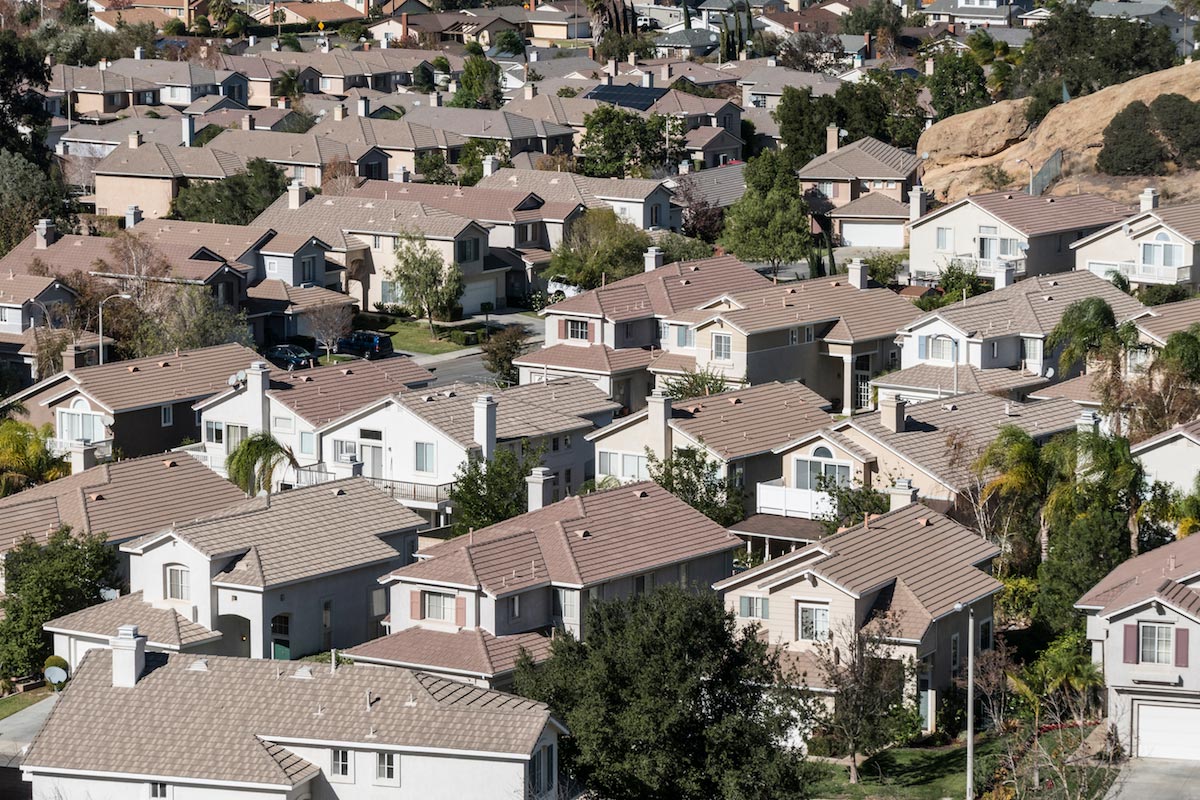Philippines warns of Taal volcano eruption, calls on people to evacuate
07/02/2021 / By Ramon Tomey

Philippine authorities increased the alert level on Taal volcano, located south of Manila, after it showed signs of volcanic activity on June 1. Its alert level was raised from level 2 to level 3 on a five-level scale due to “magmatic unrest,” according to the Philippine Institute of Volcanology and Seismology (PHIVOLCS). Because of this, the agency warned of potential eruptions and urged people in nearby areas to evacuate.
According to a PHIVOLCS bulletin issued July 2, a short-lived phreatomagmatic eruption – caused by the interaction of magma and water – occurred on the afternoon of July 1. A column of dark gray smoke that rose 1,000 meters followed the eruption. The bulletin added that magma located at the volcano’s main crater “could drive explosive eruptions.”
Speaking to the Manila Times, PHIVOLCS Director Renato Solidum Jr. further explained the heightened alert level at Taal. “This means that there is magmatic intrusion at the main crate that may further drive succeeding eruptions,” he said.
PHIVOLCS Volcano Monitoring and Eruption Prediction Division Chief Maria Antonia Bornas remarked that Taal’s phreatomagmatic eruption is deadlier than the usual eruptions. “Phreatomagmatic [eruptions are] more dangerous because there’s already an interaction with magma,” she told a news conference.
PHIVOLCS also recommended that villages near the volcano, located in the southern Philippine province of Batangas, be evacuated at the soonest. It warned of “possible hazards of pyroclastic density currents and volcanic tsunami” for residents who refuse to evacuate.
PHIVOLCS’s bulletin elaborated: “The public is reminded that the entire Taal volcano island is a permanent danger zone. [Entry] into the island … must be prohibited, [and all] activities on Taal lake should not be allowed at this time.” The bulletin also called for a ban on entry into high-risk villages in the municipalities of Agoncillo and Laurel in Batangas.
The provincial government of Batangas heeded PHIVOLCS’s warning and evacuated citizens in affected areas, an Al Jazeera report said. Gov. Hermilando Mandanas said at least 3,500 families composed of 14,495 individuals have been evacuated in the province.
Agoncillo Municipal Disaster Risk Reduction and Management Officer Junefrance De Villa added that preparations were underway in case residents needed to be evacuated from the lakeside community. The officer said some residents “have already taken shelter with relatives.” (Related: Prepping for the unexpected: What to do before, during and after a sudden disaster.)
Taal’s eruption the year prior caused a pre-pandemic shortage of face masks
Back in January 2020, Taal also exhibited volcanic activity – affecting thousands living near its perimeter. The volcanic ash it emitted spread to nearby provinces and even reached the capital. According to Philippine news outlet Rappler, the 2020 eruption followed a dormancy period of more than four decades.
The resulting ashfall also caused a shortage of face masks as Filipinos scrambled to protect themselves from harmful volcanic emissions. Rappler also reported on the mad rush for face masks in January 2020, two months before the onset of the Wuhan coronavirus (COVID-19) pandemic.
Many retailers in Manila and nearby provinces, including a number of drugstore chains, ran out of face masks. A staff member at a hardware store shared that supplies of face masks were depleted “in a matter of 15 to 30 minutes.” The staffer added: “Many people still want to purchase face masks until now. But we can’t tell when the new stocks will be replenished.”
The southern province of Cavite experienced the same situation at that time. A Rappler staff member shared that security guards were already shouting “no more face masks” as people approached drugstores.
On the other hand, some Filipinos took to social media to complain about individuals profiteering from the face mask shortage. Users called out online retailers engaged in price gouging of N95 masks, which were effective in filtering out volcanic ash. The masks usually cost around 25 to 30 Philippine pesos (51 to 61 cents) apiece, but some sold the masks as high as 200 pesos (US$4).
According to the Cebu Daily News, Health Undersecretary Eric Domingo said: “Masks need to be available in the severely affected areas where [volcanic] smoke is thickest, and for people who are high-risk and with pulmonary illnesses.”
He added that the fine silica dust in volcanic ash can accumulate and the lungs, causing inflammation and scarring in the long run. Domingo advised Filipinos to wrap their clothes around their heads and wear protective goggles for their eyes in the absence of masks. (Related: 3 DIY gas masks you can make to prepare for disaster.)
Fifty-seven-year-old Rowena Espina said she had looked for face masks and N95 masks in pharmacies and a department store in the city she resides in, but in vain. She instead improvised her own face covering – using a few of her remaining disposable face masks with two layers of tissue paper for “extra protection.” Espina said: “It’s not enough, but this will do for the meantime until I can buy a proper mask.”
Head over to Disaster.news to read more articles on volcanic eruptions.
Sources include:
Tagged Under: Batangas, Collapse, environment, face masks, forced evacuations, mask shortage, natural disaster, philippines, phreatomagmatic eruption, Taal volcano, volcanic activity, volcanic ash, volcanic eruption
Get independent news alerts on natural cures, food lab tests, cannabis medicine, science, robotics, drones, privacy and more from NewsTarget.com
Get independent news alerts on natural cures, food lab tests, cannabis medicine, science, robotics, drones, privacy and more from NewsTarget.com
RECENT NEWS & ARTICLES
SHTF.News is a fact-based public education website published by SHTF News Features, LLC.
All content copyright © 2018 by SHTF News Features, LLC.
Contact Us with Tips or Corrections
All trademarks, registered trademarks and servicemarks mentioned on this site are the property of their respective owners.





















